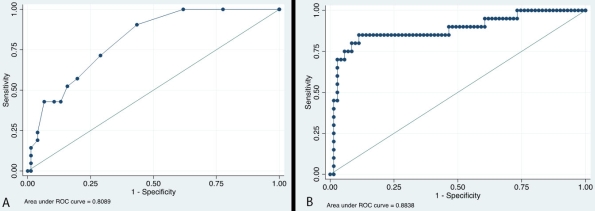Temporary Contraindication of Obese Recipients in Kidney Transplantation: A New Morphometric Tool for Decision Support
1Department of Urology, Hopitaux Universitaires Paris-Sud, Le Kremlin-Bicetre, France
2Department of Digestive Surgery, University Hospital of Reims, Reims, France
3U1018, INSERM, Villejuif, France.
Meeting: 2018 American Transplant Congress
Abstract number: C165
Keywords: Kidney transplantation, Morbidity, Obesity
Session Information
Session Name: Poster Session C: Kidney Technical
Session Type: Poster Session
Date: Monday, June 4, 2018
Session Time: 6:00pm-7:00pm
 Presentation Time: 6:00pm-7:00pm
Presentation Time: 6:00pm-7:00pm
Location: Hall 4EF
Introduction
Based on body mass index (BMI) and/or clinical examination, morbid obesity can be a temporary contraindication (TCI) of kidney transplantation. However, BMI alone does not evaluate the intra- or extra-peritoneal distribution of fatty tissue, and clinical examination alone is subjective. The objective was to evaluate the interest of morphometric criteria to ensure a reproducible and consensual decision of TCI.
Methods
A retrospective monocentric study from 2012 to 2017 included all patients with a BMI greater than 30 who had been transplanted or temporarily contraindicated because of their overweight. Based on a semi-automatic Hounsfiled density detection software, the following measurements were performed on CT-sections: Sub-cutaneous Adipose Tissue surface (SAT), Visceral Adipous Tissue surface (VAT), Vessels-to-Skin Distance (VSK), and L4 abdominal perimeter (AP). A univariate ROC-analysis and a multivariate logistic model of all of the measurements was performed. Relevant variables were determined by the backward elimination procedure. The multivariate logistic model's ROC-curve was compared to the BMI's ROC-curve.
Results
97 potential recipients with a BMI greater than 30 were identified; 76 of them received a kidney-transplant. Their mean (+/-SD) characteristics were: BMI=33(+/-3.5)kg/m2; AP=894(+/-164)mm; VAT=235(+/-104)cm2; and VSK=14.2(+/-2.3)cm. Mean (+/-SD) characteristics of the 21 contraindicated recipients were: BMI=36.7(+/-3.8)kg/m2; AP=1123(+/-173)mm; VAT=347(+/-141)cm2; and VSK=17.4(+/-2.6)cm. The area under the curve (AUC) for the BMI-model was 0.81; the AUC of the 5-variable model was 0.88.  Conclusion
Conclusion
Obesity morphometric parameters are associated with TCI decision in kidney transplantation. Combined with BMI in a “morphometric tool”, they were predictive of a TCI decision. Utilizing a morphometric threshold or nomogram could provide a more accurate and objective criteria than BMI and/or clinical examination alone.
CITATION INFORMATION: Pinar U., Renard Y., Bedretdinova D., Lebacle C., Parier B., Hamoudi Y., Irani J., Bessede T. Temporary Contraindication of Obese Recipients in Kidney Transplantation: A New Morphometric Tool for Decision Support Am J Transplant. 2017;17 (suppl 3).
To cite this abstract in AMA style:
Pinar U, Renard Y, Bedretdinova D, Lebacle C, Parier B, Hamoudi Y, Irani J, Bessede T. Temporary Contraindication of Obese Recipients in Kidney Transplantation: A New Morphometric Tool for Decision Support [abstract]. https://atcmeetingabstracts.com/abstract/temporary-contraindication-of-obese-recipients-in-kidney-transplantation-a-new-morphometric-tool-for-decision-support/. Accessed December 16, 2025.« Back to 2018 American Transplant Congress
